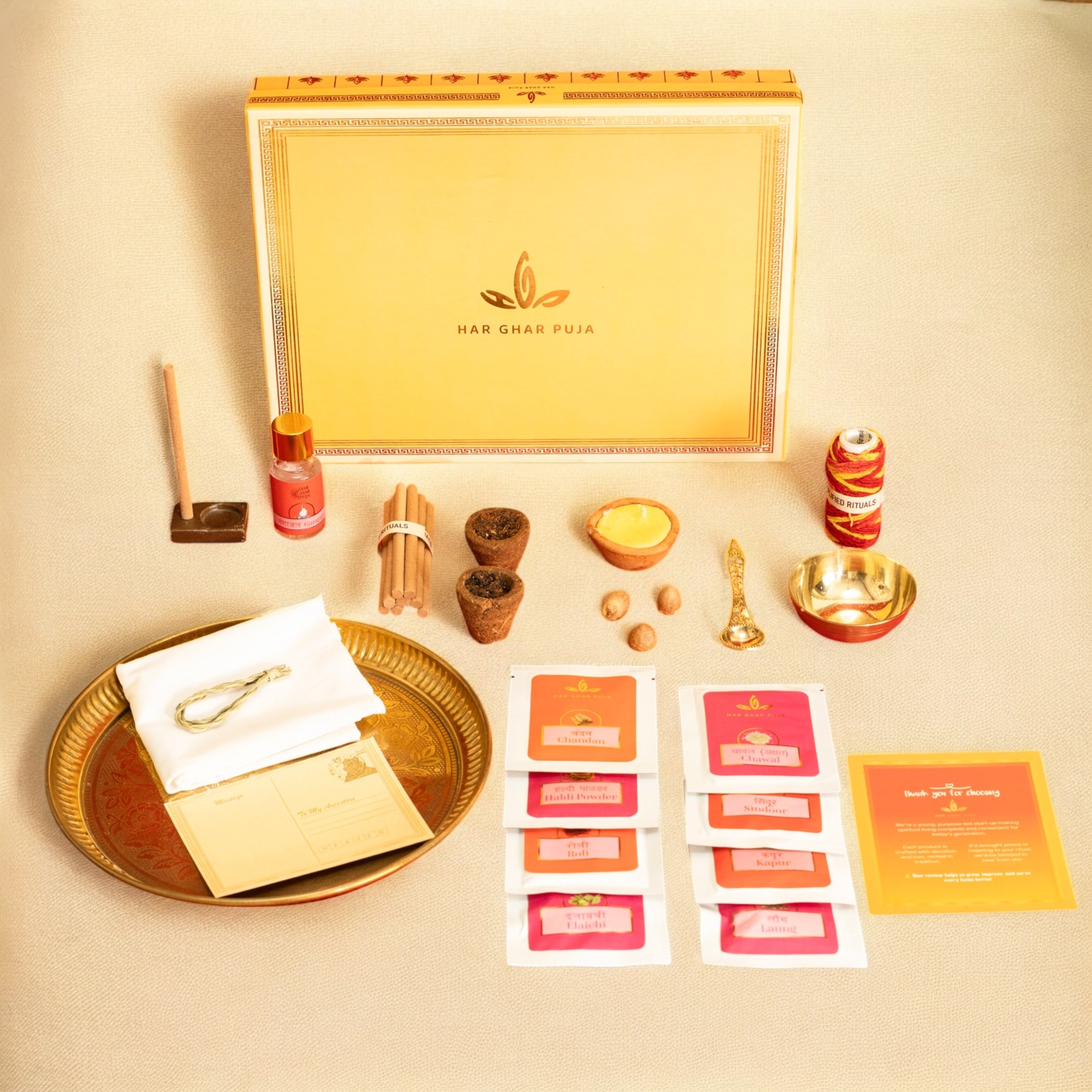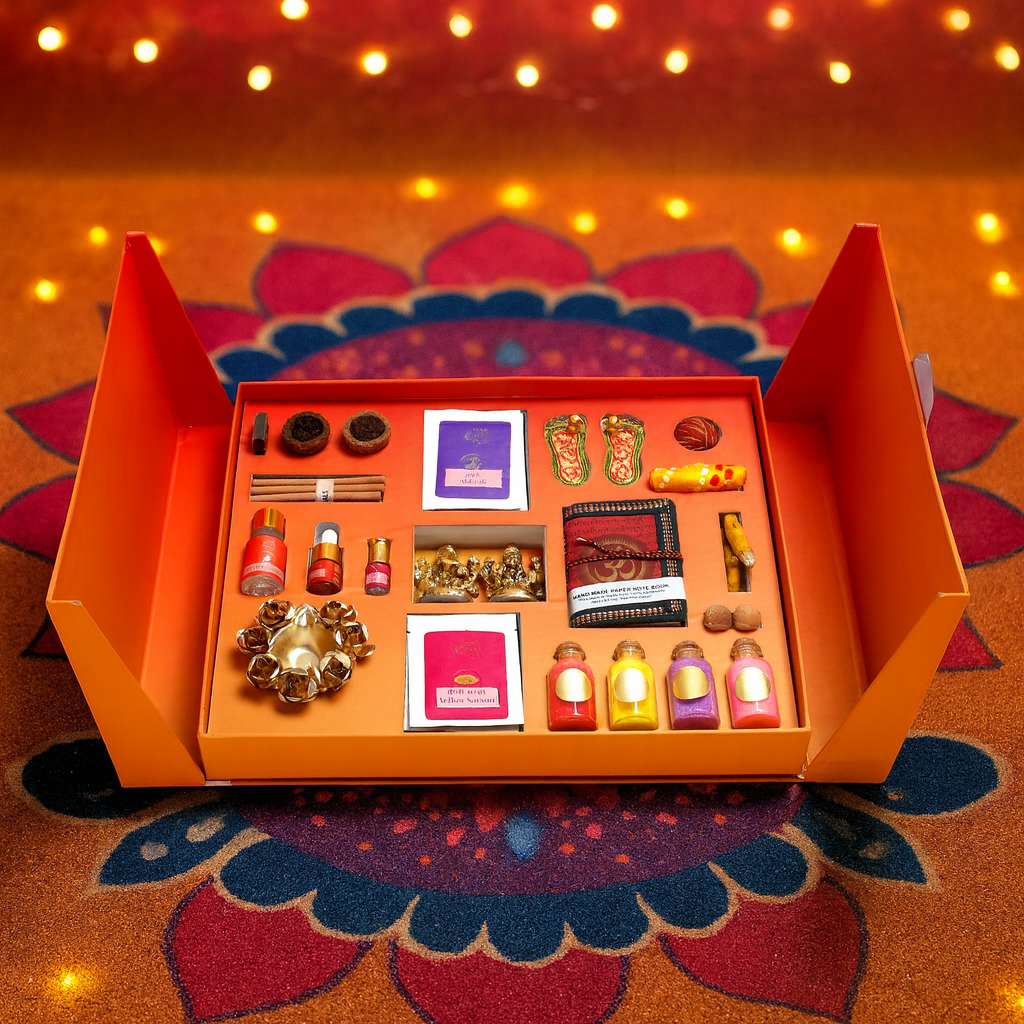Out of the 12 Jyotirlingas of Lord Shiva, today we will talk about the seventh Jyotirlinga named Vishweshwar Jyotirlinga or Kashi Vishwanath Jyotirlinga. This Jyotirlinga is located in Kashi (also known as Banaras or Varanasi) in Uttar Pradesh. Kashi is considered to be the oldest city in India.
Table of Contents
Glory of Kashi
The divine city of Varanasi is considered auspicious not only for Hindus but also for people of other religions. Buddha came to Varanasi and gave his first sermon – ‘Panch’ near Varanasi. It was the hometown of Kabir in the 15th century, while in the 16th century Goswami Tulsi Das composed Hanuman Chalisa and Ramchitra Manas.
Many other prominent saints like Guru Nanak, Guru Govind Singh have also come to Kashi to preach their teachings. Saints like Adi Shankaracharya, Swami Vivekananda, Ramakrishna Paramhansa, Bamakhyappa have also come to this holy place and taken immense knowledge and education.

What is Jyotirlinga?
The word ‘Jyotirlinga’ is made up of two parts – Jyoti i.e. light and Linga i.e. symbolic form of Lord Shiva. It is a Shivling in which Shiva himself is revered as fire or light. According to the Puranas, when Brahma and Vishnu had a dispute over superiority, Lord Shiva appeared in the form of a huge pillar of fire and made them realize his infinity. Jyotirlingas were established at 12 places as a symbol of that divine pillar.
Who Built Kashi Vishwanath Jyotirlinga?
The original Vishwanath temple was destroyed by the army of Qutb-al-Din Aibak in 1194 AD after defeating the king of Kannauj. A Gujarati merchant rebuilt the temple during the rule of Delhi Sultan Iltutmish in 1211-1266 AD. However, it was soon demolished during the rule of Sikandar Lodhi.
During the rule of Mughal emperor Akbar, Raja Man Singh and Raja Todar Mal again tried to rebuild the temple. The temple structure that is visible at present was built by Ahilyabai Holkar, the queen of the Maratha Empire.
The present temple structure has three domes. Maharaja Ranjit Singh, the ruler of Punjab at the time, donated gold to cover two of the three domes. A historic well called Gyanvapi or Buddhi Kuan still exists in the temple complex. According to a legend, the well was used to hide the idol of Kashi Vishwanath to protect it from invasion.

The Kashi Vishwanath Temple is a collection of small temples located in a small lane called Vishwanath Gali. The main temple is constructed in the form of a quadrangle with temples dedicated to other deities. These small temples are dedicated to Dhandapani, Kalbhairav, Vishnu, Avimukteshwar, Shanishwar, Vinayaka, Virupaksha Gauri and Virupaksha.
The main Shivlinga of the temple is only 60 cm tall and 90 cm in circumference and is placed in a silver altar. Let us now start knowing the story of Visheshwar Jyotirlinga (Kashi Vishwanath Jyotirlinga Katha).
Earlier we have told the story of four more Jyotirlingas, if you want to know how they originated, then click on this link and read it by visiting our website.
Kashi Vishwanath Jyotirlinga Story
According to the Koti Rudra Samhita described in the Shiva Purana, the unchangeable and conscious, Param Brahma took the form of pure Shiva. Later Shiva took the form of both genders. The male avatar was called Shiva and the female avatar was called Shakti. Shiva and Shakti together created Prakriti and Purusha.
Penance of Vishnu and Prakriti
But the Purusha who is Lord Vishnu and Prakriti his wife, were very sad because they had no parents.
After a few days, God spoke. Once Shiva ordered them to do penance to make them the best creatures in the universe. He could not find any suitable place to start his penance. So he decided to ask for help from Shuddha Shiva.
Creation of Panchkroshi Nagari
He built a place called Panchkroshi which was spread over an area of about 10 miles. It was situated among the clouds. Shri Hari, who resided there, spent a lot of time praying to Shiva, after which many water sources arose there. Due to which the whole cloud was filled with water.
Emergence of Manikarnika
When Shri Hari came to know about the water, he was surprised. Lord Vishnu was surprised by this wonderful incident and as soon as he shook his head, a gem fell from his ear. Due to which the place was named Manikarnika.
Protection of the city on Trishul
When this place started sinking in water, at that time Shuddha Shiva kept it on the tip of his trident. Later Vishnu and his wife started living there. Then a lotus flower arose from the navel of Lord Vishnu in which Brahma ji was situated. Shiva ordered Brahma to create the world, after which Brahma created this wonderful world.
Transfer of Panchkroshi Nagari to Earth
To save the lives of those who are bound by their karmas, Shiva transferred Panchkroshi Nagari to Earth. Avimukta Jyotirlinga was established by Shiva himself.
Immortality of Vishweshwar Jyotirlinga
When Brahma’s day ends, but during pralaya i.e. the final destruction of the world, this place does not get destroyed. Shiva saved it by securing it on his trident. Thus Vishweshwar Jyotirlinga came into existence.
Kashi Vishwanath Jyotirlinga Timings

Shri Kashi Vishwanath Temple, Varanasi opens daily at 2:30 am and closes at 11:00 pm. Devotees can have general darshan during specific timings. The temple is also famous for its various aarti rituals, including Mangala Aarti, Bhog Aarti and Shayan Aarti, which have fixed timings.
Darshan (General Darshan) Timings:
Morning: 4:00 AM to 11:00 AM
Afternoon: 12:00 PM to 7:00 PM
Evening: 8:30 PM to 10:30 PM
Aarti Ritual Timings:
Mangala Aarti: 3:00 AM to 4:00 AM
Madhyan Bhog Aarti: 11:30 AM to 12:20 PM
Saptarishi Aarti: 7:00 PM to 8:30 PM
Shayan Aarti: 10:30 PM to 11:00 PM
We sell Havan Cups at our product website. We use organic and fragrant material to produce these Cups so that they make your temple or divine space full of fragrance and your prayers more powerful. Thousands of people have tried our genuine products. If you also want to buy our puja products, do visit our website by clicking the this link.







